Full video with Benesh
Explanations
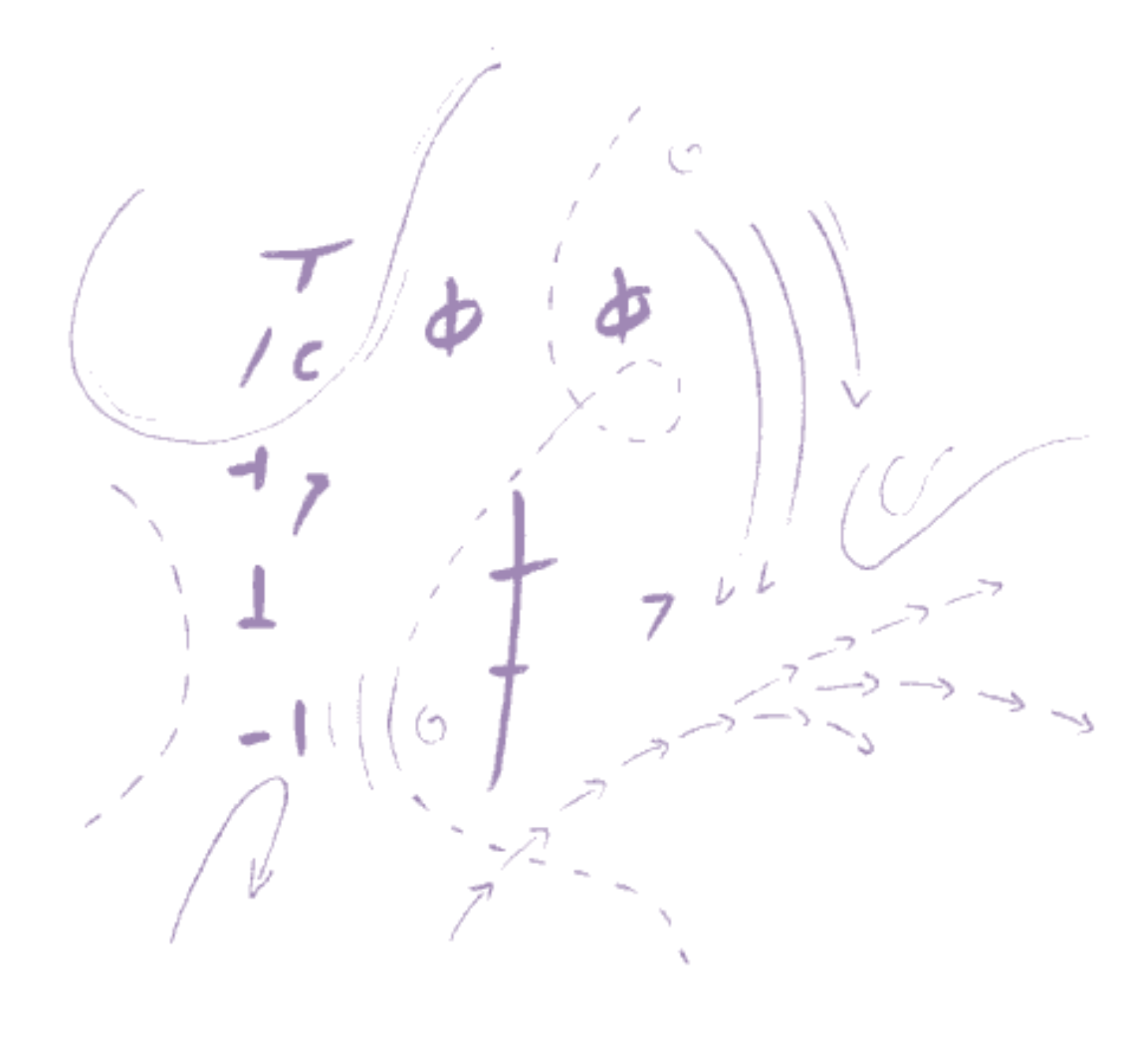

Multimodal viewing possibilities
It is impossible to change the camera angles on the web version of this archive, but on the archives located at the Salle des Archives Plurielles at the Maison de la Création et de l’Innovation you can choose to watch the dance from four different camera angles, with or without the benesh notation and the real-time vocal commentary spoken by the dancer.
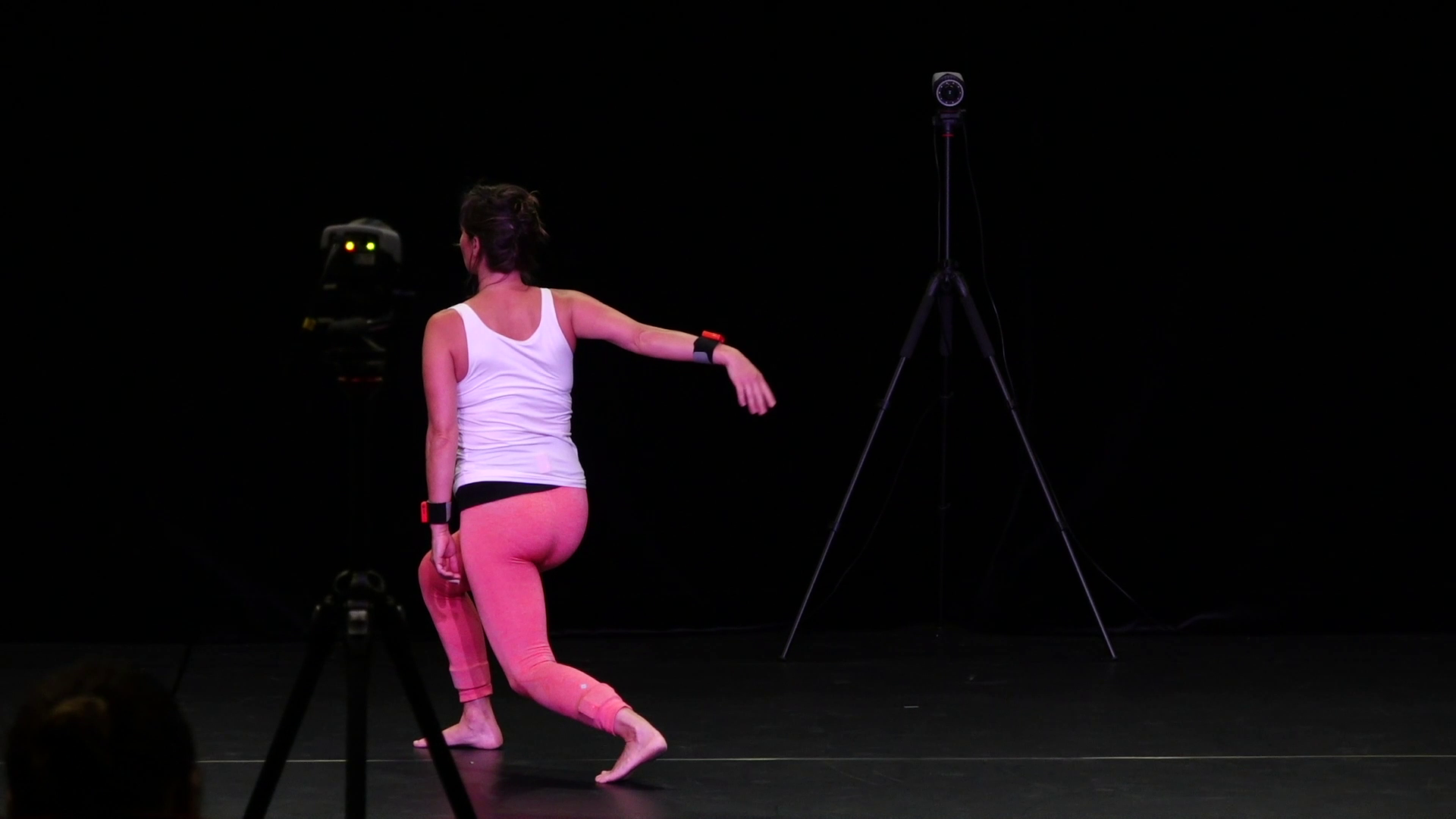
Motion capture
Biomechanics researcher Lionel Reveret, accompanied by his students and movement sonification engineer Andrea Giomi, experimented with an embodied signal emitted by the dancer during her performance in the presence of the audience. Various real-time sound and video processing techniques were used during the experimental phase of the project. For final data collection, the team used “Xsens” wireless motion capture technology.
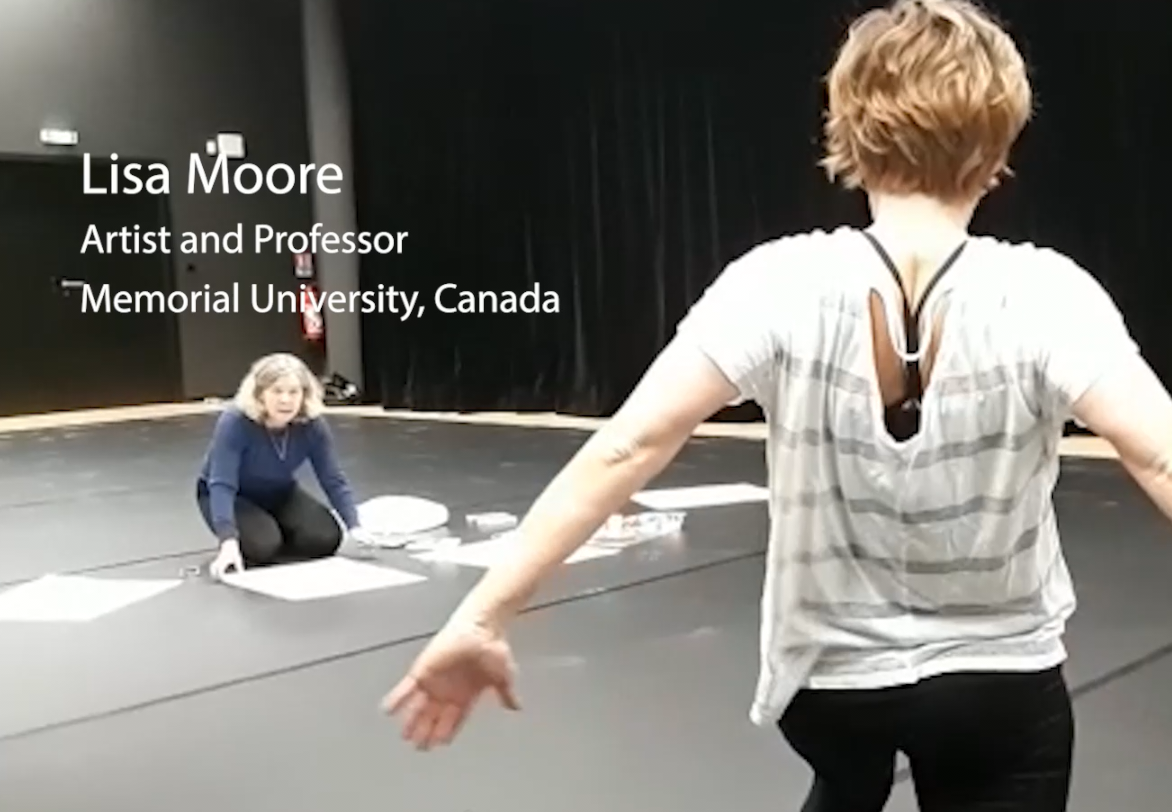
The drawings
We also experimented with a more free form mode of representing the movement with Canadian artist Lisa Moore sketching the dancer during rehearsals. At first Lisa Moore used charcoal and sketch paper and thereafter she used different techniques. The trajectories of the movement, the textures emanating from each stroke, the superposition of colour seemed to move beyond a representation of the dance. These traces activated a kinaesthetic focusing and listening for Stéphanie Pons. It was as if these drawings, which resembled Laban’s traceforms, triggered kinaesthetic empathetic sensations. Lisa Moore’s drawings, are edited together with the documented videos and voicings in the internal dramaturgy section of the archive.
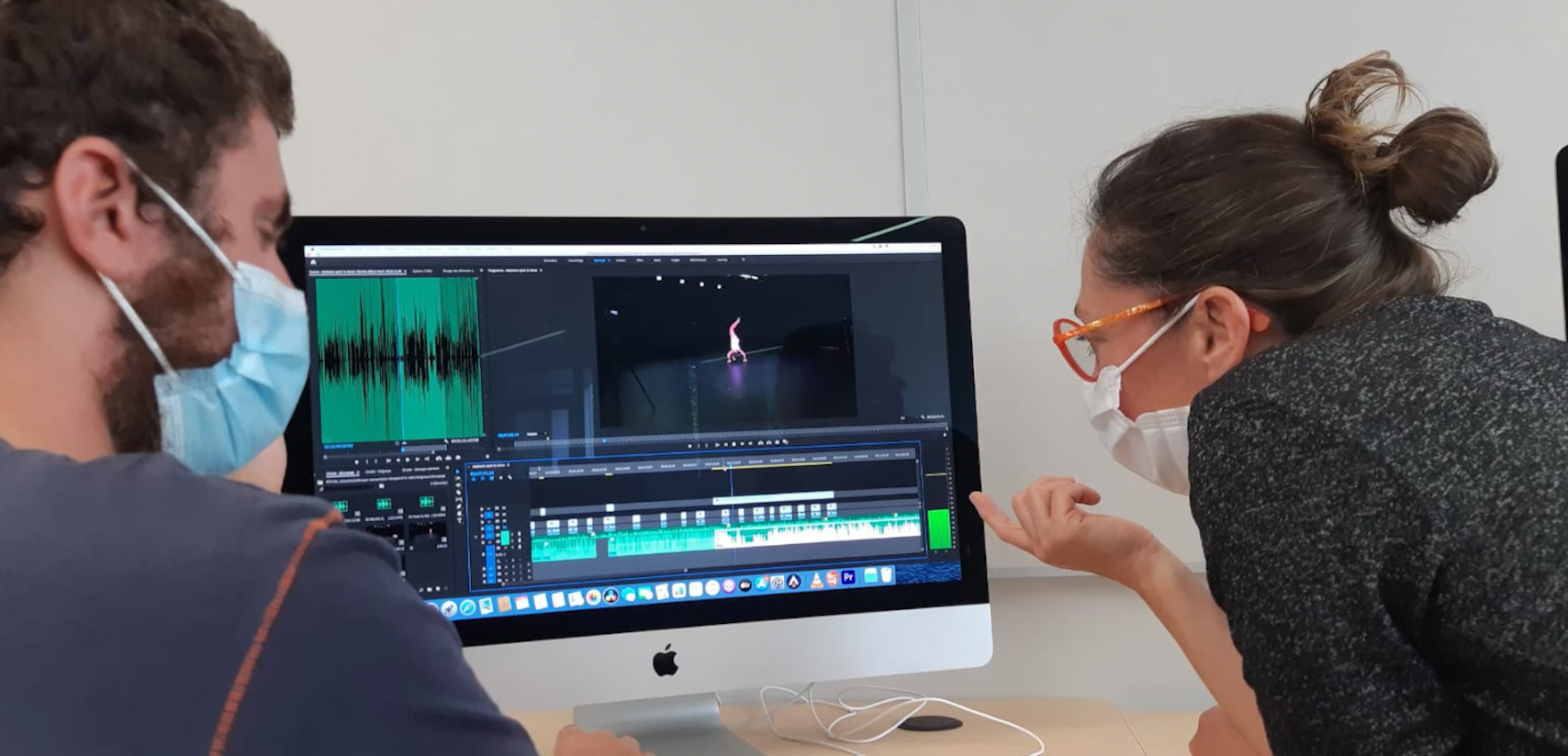
Voicing the dance
We experimented with Stéphanie Pons dancing, focussing and speaking simultaneously with a body microphone, verbalising word-to-gesture relationships in real time. These recorded live vocal descriptions of dancing captured a materiality and kinaesthetic liveness of her body. We hear the dance through Stéphanie Pon’s breath, through her tone and through the hesitations of her voice as she paints the shadows and contours of her gestures. Pauses and hesitations are not present in the written transcriptions of oral histories and such a sonic literacy of movement invites an intimacy for the listener.
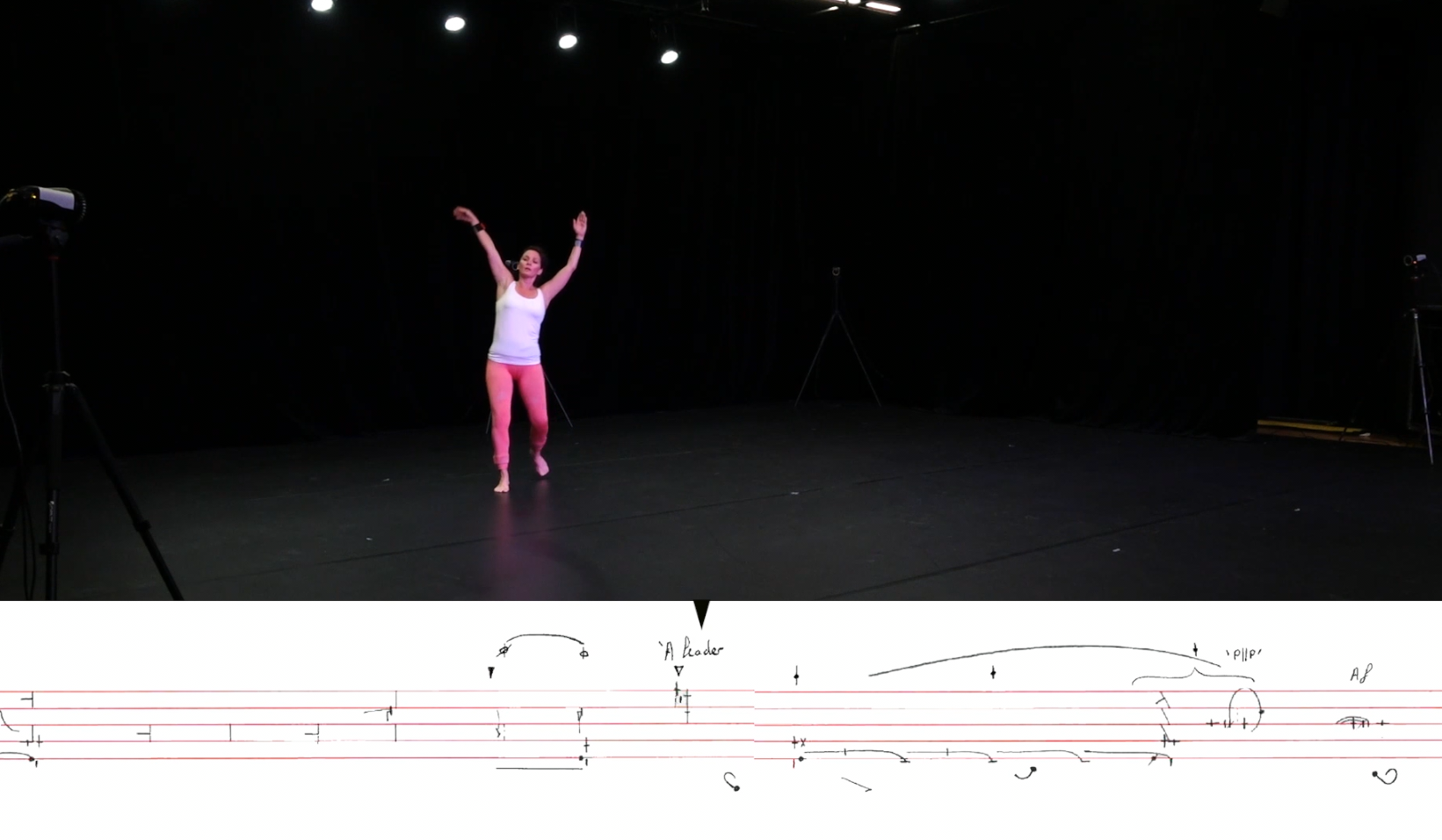
Benesh notation
We began working with the Benesh notator Dany Levêque remotely (due to the constraints of the pandemic COVID-19) and wanted to compare Stéphanie Pons’s reactivation of the dancing with the benesh notation. According to Dany Lévêque the notation was the true representation of the dance and much more detailed than a video or even the dancer’s memory. We were all impressed by the ways in which Stéphanie Pons’s memory of the dance correlated with the Benesh notation. There were very small issues with timing of phrases that the notator spotted, but for the most part Stéphanie Pons had reconstructed the dance with her body memory.
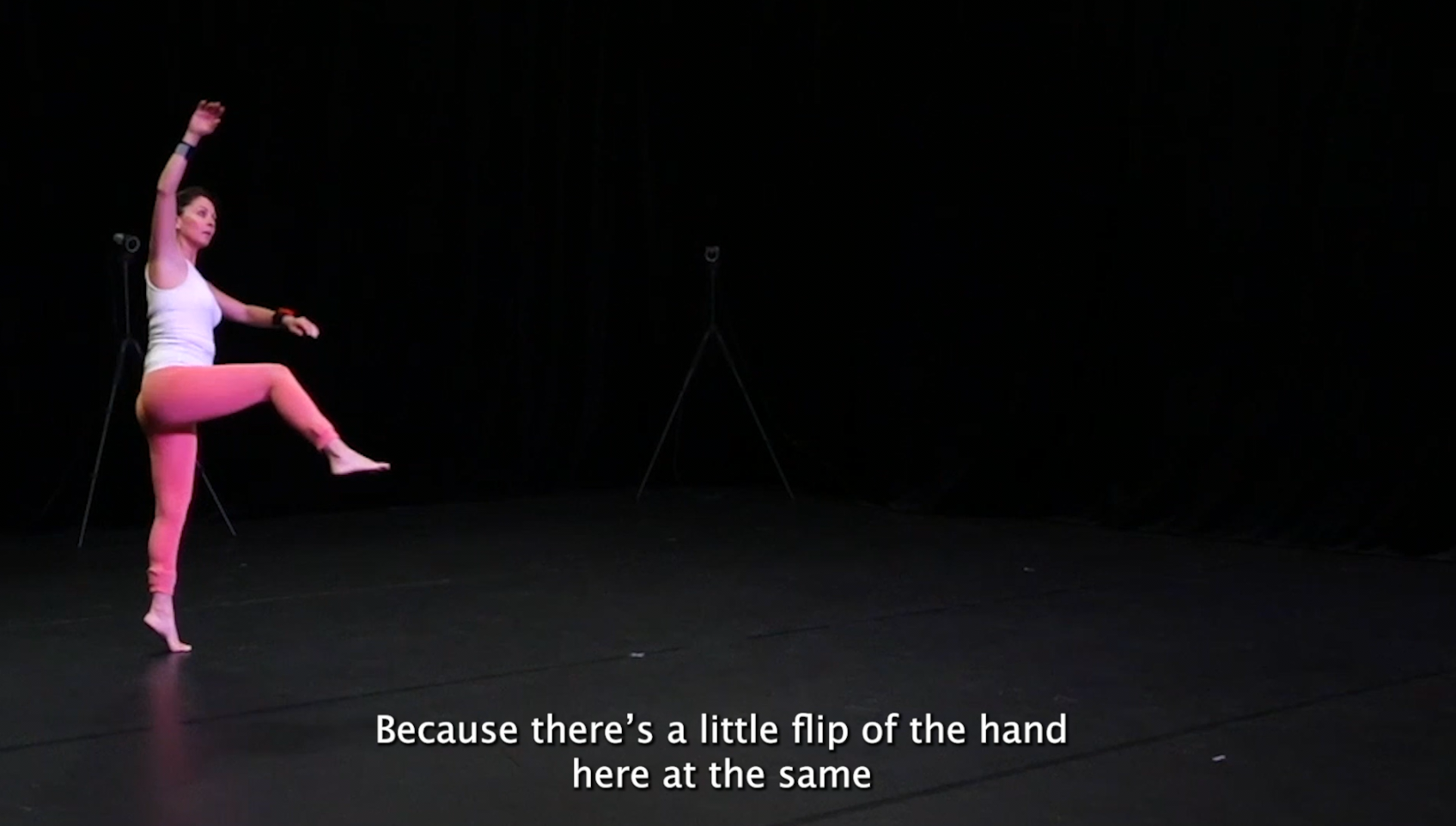
Subtitles
The subtitles of the 17 Inner dramaturgy videos were translated from French to English by Gabriela Klein Schiller and edited by Marion Lefrançois.
